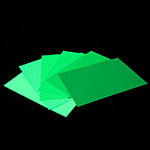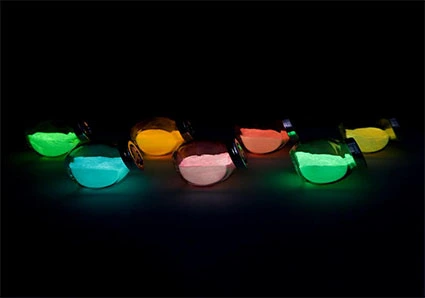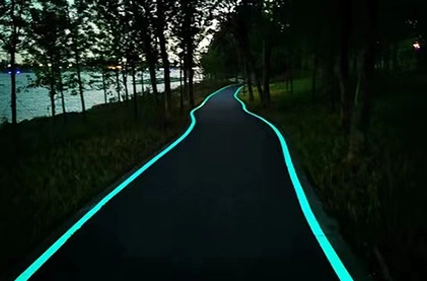Principle of Photoluminescent Rigid Sheet
Photoluminescence (PL) or cold light emission is a phenomenon where a material re-emits photons (or electromagnetic waves) after it absorbs them. In the perspective of quantum mechanics, the phenomenon can be described as the material absorbing photons and moving to higher energy levels of an excited state, then falling back to a lower energy state with the release of photons.
This most commonly comprises three steps: absorption, energy transfer, and emission of light. Absorption of light and emission of light take place among energy levels via the excited state, whereas movement of the excited state results in energy transfer. Ultraviolet light, visible light, and infrared radiation all cause photoluminescence. Photoluminescence further classifies into fluorescence and phosphorescence on the basis of delay time.
Photoluminescence can yield information regarding the structure, composition, and environmental atomic structure of a material and is thus a non-destructive, very sensitive analytical technique. The advent of lasers raises these analytical instruments to the level of micro-area, selective excitation, and transient processes and thereby renders it a very useful research tool in the domain of physics, materials science, chemistry, and molecular biology leading to new interdisciplinary fields of investigation.

Applications of Photoluminescent Rigid Sheet
Thanks to their special luminescent characteristics, photoluminescent rigid sheets have widespread applications across a large number of industries. In emergency and safety, photoluminescent rigid sheets are perfect for use in emergency exit signs and safety signage. In low lighting conditions or power failure, signs can automatically glow and give clear instructions for staff to maintain evacuation and escape routes visible.
Moreover, photoluminescent rigid sheets are used extensively for marking the path in buildings, aircraft, and ships so that individuals can easily identify and find the right direction promptly. Being of high brightness and durability, they are key items to increase safety and convenience.
In addition, photoluminescent rigid sheets are increasingly used for decorative applications in design and architecture because of their vibrant colors and easy processing. Either in public areas or in homes, they are able to provide an exclusive glow touch to a room, making the entire ambiance and appearance even better.

 English
English



